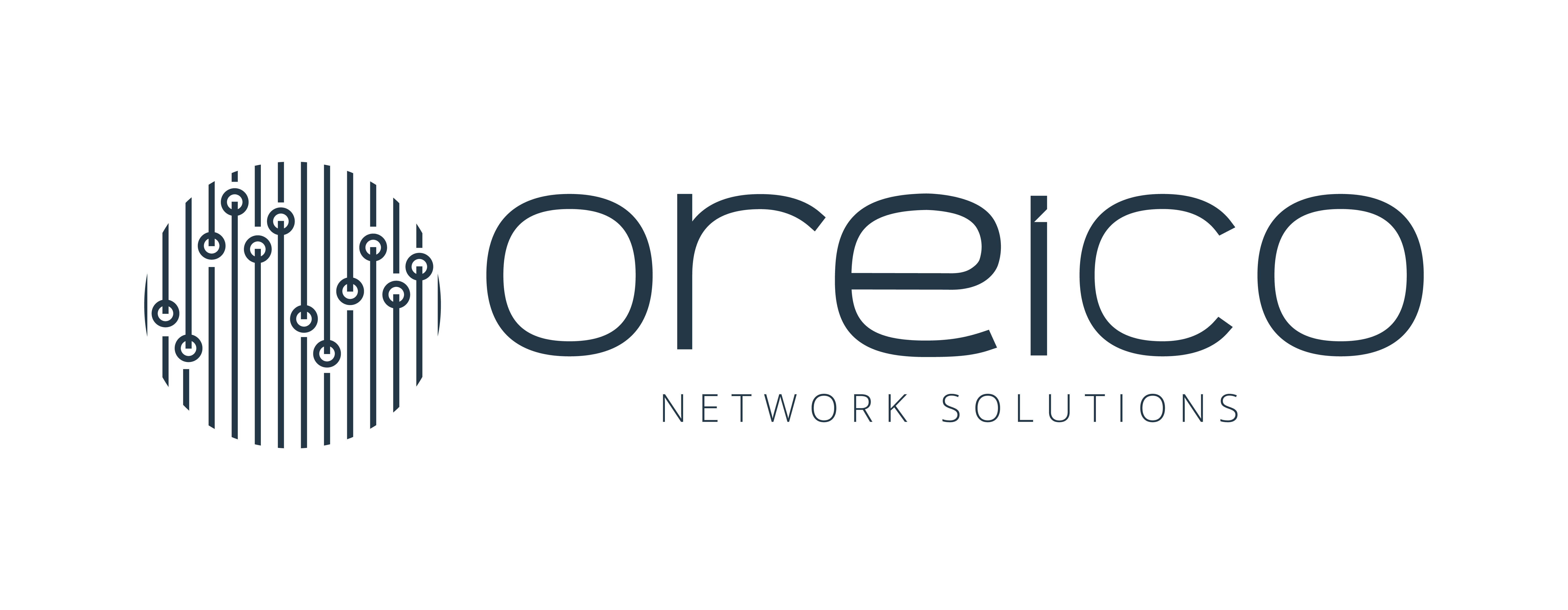Cloud Security Architecture Best Practices
Cloud Security Architecture Best Practices https://www.oreico.net/wp-content/themes/corpus/images/empty/thumbnail.jpg 150 150 Carla Gandara Carla Gandara https://secure.gravatar.com/avatar/6dbbd915d870ae4565e62b8b0322fca753987a2f10de2330ff740a6a116eff83?s=96&d=mm&r=g- Carla Gandara
- no comments

The migration to cloud computing has fundamentally transformed enterprise architecture, bringing unprecedented flexibility but also unique security challenges. A robust cloud security architecture requires a comprehensive approach that addresses both traditional and cloud-specific security concerns.
Fundamental Security Pillars
Identity and Access Management (IAM) forms the cornerstone of cloud security. Modern cloud architectures implement Zero Trust principles, requiring continuous verification regardless of location. Organizations now employ adaptive authentication systems that consider multiple risk factors before granting access.
Organizations have shifted from perimeter-based security to data-centric approaches. This involves implementing encryption at rest and in transit, with organizations maintaining control of their encryption keys through Cloud Key Management Services (KMS).
Network Security Evolution
Modern cloud architectures employ microsegmentation, creating isolated security zones that contain potential breaches. Software-defined perimeters have replaced traditional network boundaries, enabling dynamic access control based on identity and context.
Recent studies indicate that organizations using microsegmentation reduce their attack surface by up to 90% compared to traditional network segmentation approaches. Cloud-native firewalls and Web Application Firewalls (WAFs) now process traffic at the application layer, offering protection against sophisticated attacks.
Compliance and Governance
Cloud security architecture must align with regulatory requirements across different jurisdictions. Organizations implement automated compliance monitoring tools that continuously assess cloud configurations against security benchmarks and regulatory frameworks.
Data sovereignty considerations have led to the adoption of hybrid cloud architectures, allowing organizations to maintain sensitive data within specific geographic boundaries while leveraging global cloud resources for other operations.
Security Operations and Monitoring
Cloud-native Security Information and Event Management (SIEM) systems aggregate logs across multiple cloud providers and on-premises systems. Machine learning algorithms analyze this data to identify potential threats, with advanced systems capable of processing over 100,000 events per second.
Security automation has become essential, with organizations implementing Infrastructure as Code (IaC) security scanning and automated remediation workflows. This approach has reduced security incident response times by an average of 80%.
Disaster Recovery and Business Continuity
Modern cloud architectures implement multi-region failover capabilities with Recovery Time Objectives (RTOs) of less than 15 minutes. Organizations maintain business continuity through automated backup systems and disaster recovery orchestration.
The adoption of immutable infrastructure principles ensures that compromised resources can be quickly replaced with known-good configurations, significantly reducing recovery time from security incidents.
Emerging Trends and Technologies
Cloud security architectures are evolving to incorporate:
– Quantum-resistant encryption protocols
– Containerized security controls
– AI-driven threat detection and response
– Blockchain-based identity management
Security architects must now consider the implications of edge computing and IoT integration, extending security controls to these new paradigms while maintaining consistency with core cloud security principles.
The Future of Cloud Security
As organizations continue to embrace cloud-native architectures, security must become increasingly automated and integrated into the development lifecycle. The future points toward self-healing systems that can detect and remediate security issues autonomously, while maintaining compliance with evolving regulatory requirements.
This comprehensive approach to cloud security architecture ensures organizations can leverage cloud benefits while maintaining robust security postures. Success requires continuous adaptation as both threats and technologies evolve.
- Posted In:
- Uncategorized



Leave a Reply